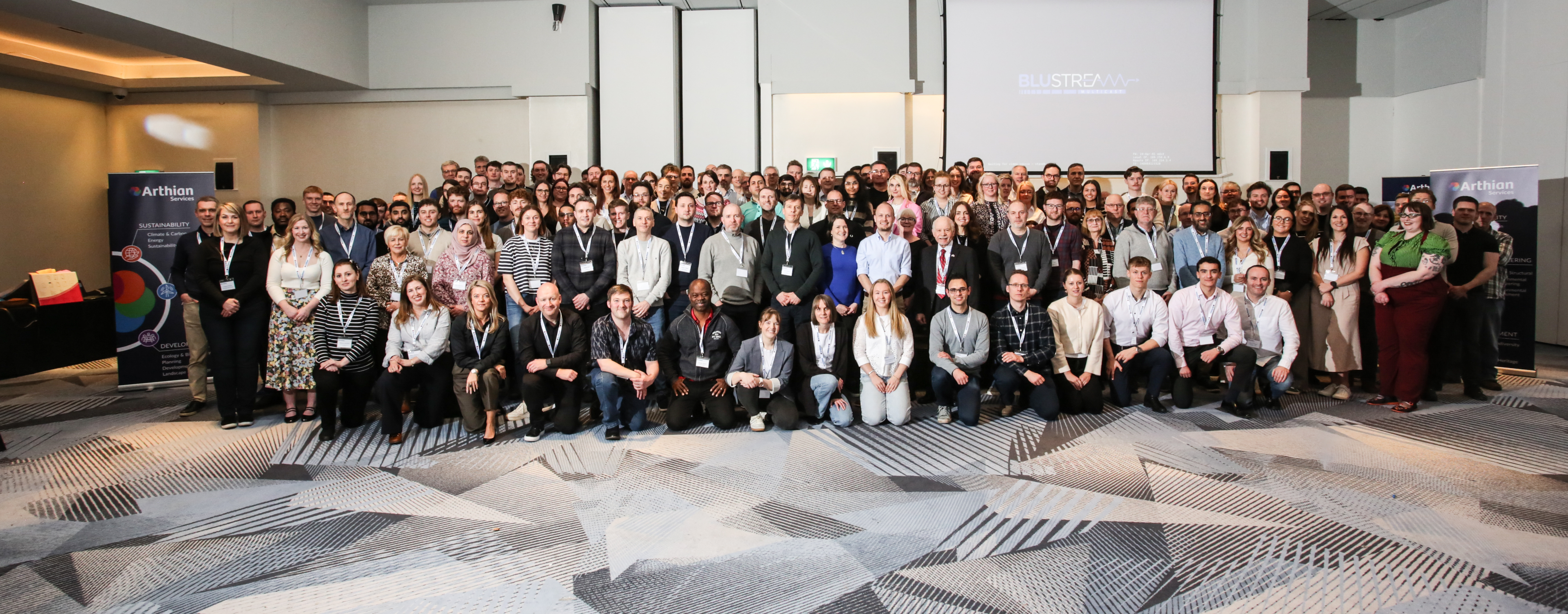Electrification: Arthian’s Strategic Approach to Decarbonisation
In the pursuit of net-zero emissions, electrification is emerging as one of the most effective levers organisations can pull. By replacing fossil fuel based systems with electricity, particularly from low-carbon or renewable sources, businesses can reduce their environmental impact while modernising infrastructure for long-term sustainability. However, electrification is not a one-size-fits-all solution. It’s a complex, multi-stage process that intersects with operational, technical, and financial realities. To be effective, an electrification strategy must be well-defined, data-driven, and tailored to organisational objectives. This article outlines a strategic framework to help organisations plan and implement electrification in a practical, scalable, and impactful way.
Any credible decarbonisation effort must begin with clearly articulated goals. Setting emissions reduction targets aligned with internal environmental, social, and governance (ESG) ambitions or external frameworks such as the Science-Based Targets initiative (SBTi) or national net-zero mandates is essential. Determining the scope of the electrification effort, whether encompassing transport, heating, industrial processes, or all energy-consuming operations is equally important. Establishing a baseline through a robust carbon footprint and energy consumption analysis provides the foundation for prioritising actions, measuring progress, and securing stakeholder buy-in.
Understanding the current energy profile of the organisation is critical. This requires a comprehensive energy and infrastructure audit that evaluates energy demand patterns across seasons, times of day, and various locations. It also involves analysing fuel usage to identify where fossil fuels dominate, taking inventory of assets that may require replacement or retrofitting, such as boilers, vehicle fleets, heating, ventilation, and air conditioning (HVAC) systems, or process heat equipment. Additionally, assessing electrical infrastructure capacity helps identify grid limitations, load constraints, and the need for upgrades. Such an audit forms the backbone of a successful electrification strategy.
Identifying and prioritising high-impact opportunities is vital, as not all options yield the same benefits. Organisations should focus initially on areas where electrification delivers both carbon and operational advantages with minimal disruption. Early priorities often include replacing gas boilers with heat pumps to electrify heating systems, transitioning light-duty vehicle fleets to electric alternatives supported by suitable charging infrastructure, and implementing on-site energy efficiency measures to reduce demand before switching fuel sources. Achieving early wins demonstrates feasibility, attracts investment, and builds momentum within the organisation.
Electrification typically results in increased electrical load, necessitating detailed forecasting of future energy demand and its implications on the electrical network. Organisations must model additional energy consumption stemming from heat pumps, electric vehicles, and other electrified equipment. Understanding peak load scenarios and their alignment with operational profiles is essential for effective planning. Moreover, assessing the potential for on-site renewable energy generation such as solar photovoltaics, wind, or battery storage, and evaluating impacts on local grid infrastructure ensures that necessary reinforcements or capacity upgrades are anticipated. This modelling supports capital planning and mitigates the risk of operational bottlenecks.
Successful decarbonisation through electrification depends on consuming low-carbon electricity. As the grid continues to decarbonise, strategies must align with this trajectory. Optimising energy use through time-of-use strategies shifts consumption to periods when grid carbon intensity is lower. Procuring renewable energy via Power Purchase Agreements (PPAs) or through on-site generation enhances sustainability credentials. Integrating grid flexibility services including demand-side response, energy storage solutions, and vehicle-to-grid (V2G) technologies further improves environmental performance and system resilience.
A phased implementation roadmap is essential for managing the transition effectively. This approach involves short-term actions such as pilot projects, technical feasibility studies, and initial fleet electrification within the first one to two years. Medium-term plans covering three to five years typically focus on transitioning heating systems, upgrading infrastructure, and installing renewable generation capacity. The long term, spanning five to ten years, encompasses full-scale electrification, integration of smart systems, and advanced optimisation strategies. Phasing the transition allows for iterative learning, risk management, and more efficient allocation of capital resources.
The financial viability of electrification is increasingly compelling. Falling costs of renewable electricity and the volatility of fossil fuel markets contribute to this trend. Carbon pricing mechanisms introduce penalties for fossil fuel consumption, creating further incentives to transition. Government incentives supporting heat pumps, electric vehicles, and energy efficiency projects add to the financial appeal. Regulatory requirements that impose minimum energy standards or mandate net-zero targets also influence organisational decisions. Understanding these economic and policy drivers is fundamental to crafting a convincing investment case and unlocking the necessary funding.
Equally important to technical solutions is organisational readiness. Successful electrification demands cross-functional leadership with clear ownership across energy management, sustainability, and finance teams. Investing in training and capacity-building equips operations and maintenance personnel with the skills needed to support new technologies. Leveraging digital tools and data systems enhances monitoring, reporting, and optimisation capabilities. Embedding electrification objectives into corporate culture ensures that sustainability remains a strategic priority over the long term.
Finally, continuous monitoring and transparent communication are critical to success. Implementing energy management systems that provide real-time visibility into energy consumption and emissions enables organisations to track progress and validate impact. Analysing performance data helps identify opportunities for optimisation while preventing unintended consequences such as rebound effects. Transparent reporting to internal and external stakeholders demonstrates accountability and supports alignment with ESG commitments and net-zero pathways. This culture of continuous improvement ensures that the electrification strategy remains relevant and effective in a changing energy landscape.
Organisations in the public sector can also benefit from frameworks designed to support their decarbonisation efforts. One such example is the South West Procurement Alliance's (SWPA) Retrofit & Decarbonisation (N9) Framework, which offers a compliant, efficient route to market for electrification and energy efficiency projects. This framework enables public sector bodies to access expert suppliers and technologies aligned with best practices and regulatory requirements, accelerating their net-zero strategies.
In conclusion, electrification offers a powerful pathway to achieving deep decarbonisation. It requires more than enthusiasm; it demands rigorous planning, alignment across organisational functions, and ongoing management. By following a clear and data-driven strategy grounded in prioritisation, financial assessment, and phased execution, organisations can lead the transition to a cleaner, more resilient energy future.


